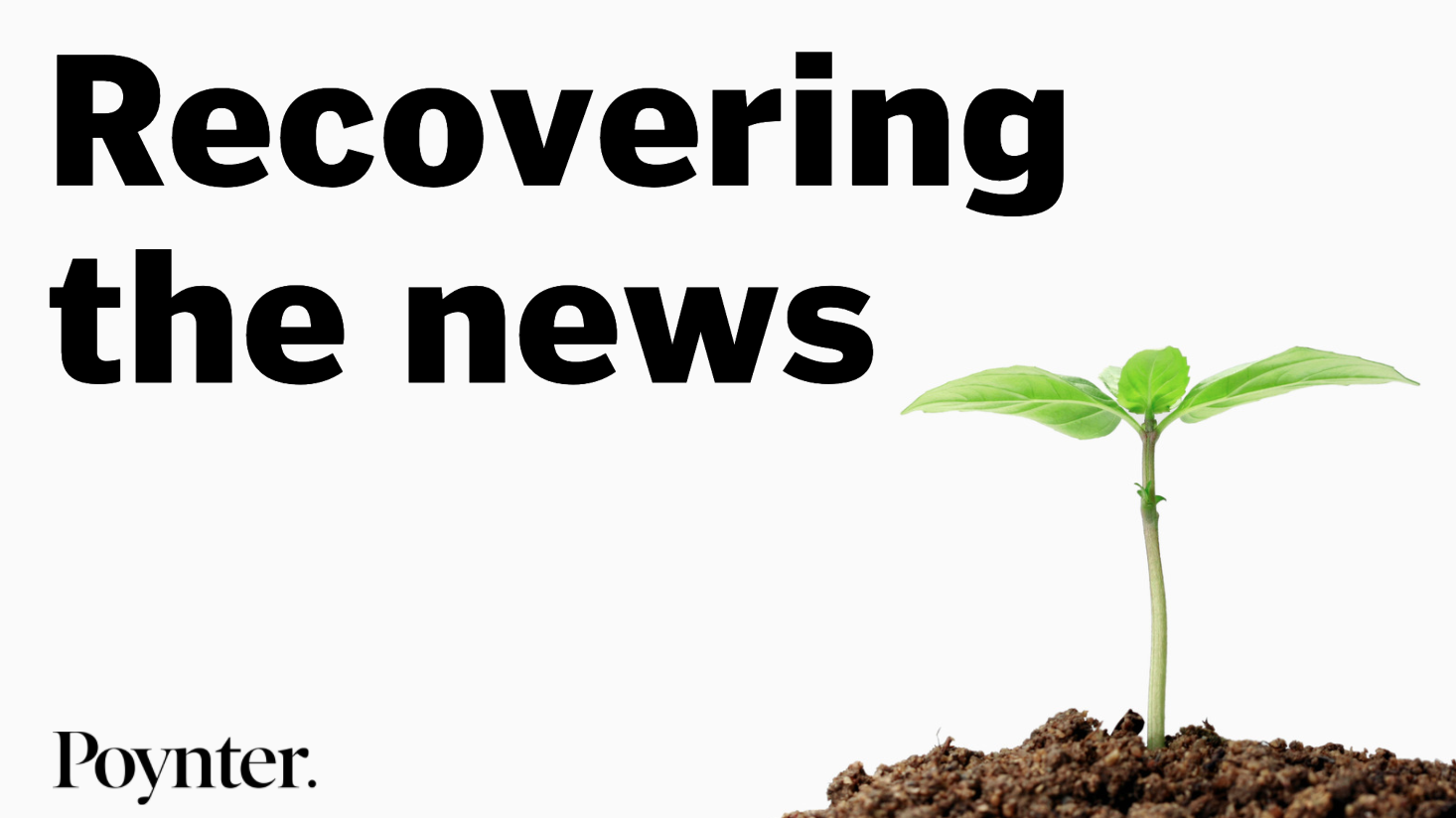One year ago, I spoke with local newsrooms around the country as they scrambled to cover a rapidly spreading pandemic.
They didn’t know then that it was the start of an endless news cycle. They did know it was going to be like anything they’d covered before.
“In a lot of those events, you could foresee that light at the end of the tunnel. Here, we’re just at the beginning,” said Ray Rivera, then the managing editor at the Seattle Times, in February of last year..
If that was the beginning, where are we now? What does the end of that tunnel even look like?
How do you recover when things are so broken?
Our work this year is making sense of what’s happened and tracking what must still happen for local news. We’re calling this work “Recovering The News,” and we plan to tell what recovery means in several ways beginning today with an oral history project featuring nearly 30 local newsrooms and press associations in mid-America.
That project, The Essential Workers, comes from Teri Finneman and William Mari, two journalism professors who spent last year capturing history as it happened.
“People forget so fast,” said Mari, an assistant professor of media law at Louisiana State University’s Manship School of Mass Communications.
And our gaze is often so fixed out east.
“So much of our history revolves around New York and D.C. and we feel it is really important to provide a fuller understanding of the history of our industry in this country,” said Finneman, an associate professor at the University of Kansas’ William Allen White School of Journalism and Mass Communications.
Here’s what else you can expect from Recovering the News.
- Better data: Last April, I started tracking what felt like a handful of paper cuts through furloughs and layoffs, and found instead a growing pile of deep and deadly wounds. While we’ve closely tracked layoffs and closures, we also know we don’t yet know the full extent of what the pandemic did to our industry. One public relations group says we lost 30,000 jobs last year. Our work counts more than 5,000, but we only have numbers for one in three. We’ve counted 70 local newsrooms that closed because of the pandemic. But I suspect that number is also incomplete.
- Stories to help the numbers make sense: Amaris Castillo, Angela Fu and I will tell the stories of journalists who lost their jobs or left our industry. If you’re one of them, tell us more here.
- A look at who lost their jobs: We’re going to put numbers to the layoffs and find what last year meant for journalists of color around the country, regardless of industry.
- Accountability from all those newsroom reckonings: What’s happened in the newsrooms that pushed for equity and accountability from within? What, and who, has changed? What still must?
- Speaking of newsrooms, like, physical newsrooms: What is the future of the newsroom when there aren’t actual newsrooms? What models can we learn from? What might work better than a dank, dimly lit fortress of press freedom?
- It’s not all bad: What replaced the newsrooms, often in rural places, that closed? What models and organizations made it?
- But some of it is bad: What business models officially collapsed last year?
We begin this work with a look back at the experiences of people at newsrooms and press associations in seven states. They have a lot of stories, but the former executive director of the Louisiana Press Association, Will Chapman, saw a narrative of perseverance.
“When you’re already a weekly paper and you’re in a declining retail — local retail economy and — and facing tough times, and now, you gotta close your businesses and you gotta send your employees home and you got all these problems, then, I mean, the fact that here we are and they’re still here, I mean, that’s a pretty damn good success story.”
If you want to work with us on this project, partner, help or just share ideas, we’d love to hear from you.







